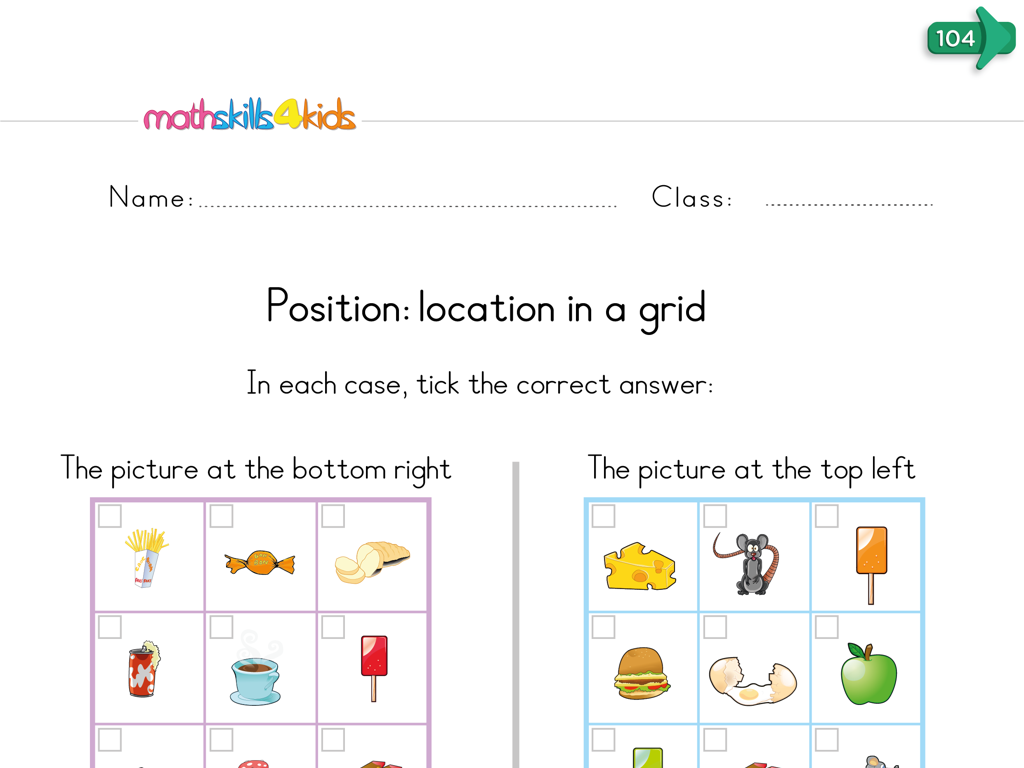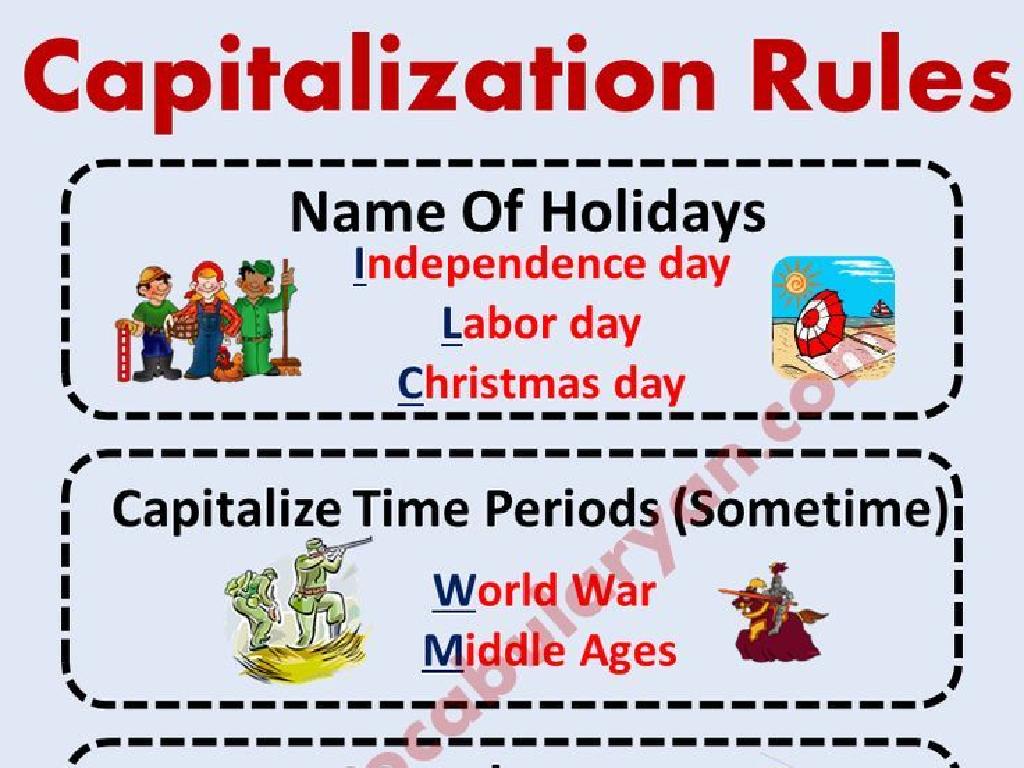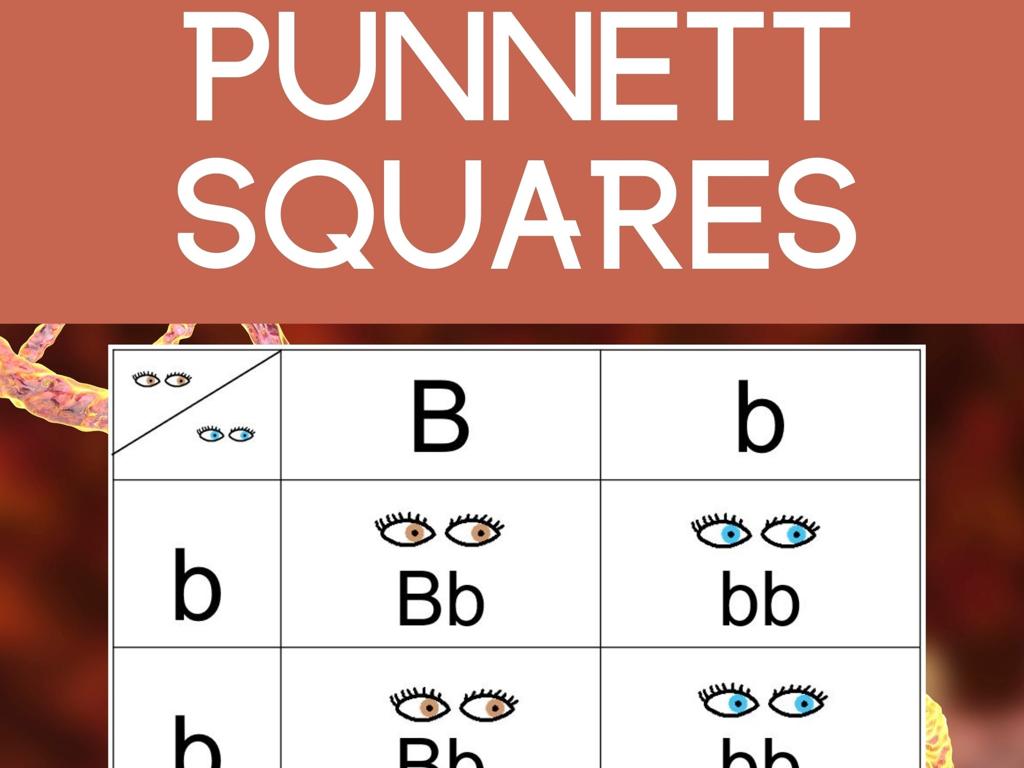Divide By 2-Digit Numbers Using Partial Quotients
Subject: Math
Grade: Fifth grade
Topic: Division
Please LOG IN to download the presentation. Access is available to registered users only.
View More Content
Diving into Division: Partial Quotients Method
– Grasp the basics of division
– Division is breaking a number into equal parts
– Significance of division in daily life
– Used for sharing, budgeting, and understanding fractions
– Introduction to partial quotients
– A method to divide larger numbers step by step
– How partial quotients simplify division
– Breaks down a complex problem into easier pieces
|
This slide introduces the concept of division and its relevance to everyday life, setting the stage for learning the partial quotients method. Begin by explaining division as the process of splitting a number into equal parts, which is a fundamental math skill. Emphasize how division is used in real-world scenarios such as sharing items equally among friends or budgeting monthly expenses. Introduce partial quotients as a division strategy that allows students to tackle larger numbers by breaking the problem down into more manageable steps. This method helps students not to feel overwhelmed when dividing by 2-digit numbers. Encourage students to think of division as a useful tool rather than a challenge, and assure them that with practice, they can master this skill.
Understanding Division
– Division: sharing into equal parts
– Opposite of multiplication
– Learn key division terms
– Dividend: number being divided, Divisor: number you divide by, Quotient: result, Remainder: left over
– Explore partial quotients
– A method to divide by 2-digit numbers step by step
|
This slide introduces the concept of division to fifth-grade students, explaining it as a method of distributing a number into equal parts. Emphasize that division is the inverse operation of multiplication. Introduce the key terms: dividend (the number to be divided), divisor (the number by which the dividend is divided), quotient (the result of division), and remainder (what is left over if the division isn’t exact). Then, lead into the concept of partial quotients, a strategy for dividing by two-digit numbers, which will be explored in subsequent slides. Encourage students to think of division as a fair sharing or grouping and to relate it to real-life situations like sharing snacks or grouping people into teams.
Dividing with Partial Quotients
– Simplify division using partial quotients
– A method to divide that avoids long division complexity
– Break down the dividend into parts
– For example, 154 can be broken into 100, 50, and 4
– Subtract parts from the dividend sequentially
– If dividing 154 by 2, subtract 100, then 50, then 4 from 154
– Understand division step by step
|
The partial quotients method is a division strategy that simplifies the process by breaking it into more manageable steps. It’s particularly useful for students who struggle with the traditional long division method. Start by explaining that this method involves dividing the number into smaller parts that are easy to work with. Demonstrate with an example, such as dividing 154 by 2, by showing how to break 154 into 100, 50, and 4, and then subtracting each part from 154 one at a time. This visual and step-by-step approach helps students understand the concept of division as a series of subtractions, reinforcing their arithmetic skills and boosting their confidence in solving division problems.
Division Using Partial Quotients
– Begin with 81 ÷ 3 example
– A simple division to illustrate the concept
– Subtract multiples of 3 from 81
– For instance, 81 – 3, 78 – 3, and so on
– Record number of subtractions
– Each subtraction represents a partial quotient
– Understand partial quotients method
|
This slide introduces the concept of dividing using partial quotients with a simple example of 81 divided by 3. The goal is to make students comfortable with the idea of breaking down a division problem into smaller, more manageable parts. By subtracting multiples of the divisor from the dividend, students can see how many times the divisor can be subtracted before reaching zero. This method helps students understand division beyond memorization of facts, developing their number sense and ability to handle larger numbers. Encourage students to practice with different numbers and to check their work by multiplying the divisor by the sum of the partial quotients to see if it equals the dividend.
Dividing by 2-Digit Numbers: Partial Quotients
– Example: 150 ÷ 12
– We divide 150 by 12 to find how many times 12 fits into 150
– Step-by-step partial quotients
– Break down the division into smaller, easier steps
– Subtract multiples of 12 from 150
– Keep subtracting 12 until you can’t anymore, count the steps
– Check your work for accuracy
|
This slide introduces the concept of dividing by 2-digit numbers using the partial quotients method. Start with the example 150 ÷ 12. Explain the process step by step, emphasizing the importance of understanding how many times the divisor (in this case, 12) fits into the dividend (150). Guide students to subtract multiples of 12 from 150 until they can’t subtract 12 without going negative. Each subtraction represents a partial quotient. After the series of subtractions, the number of times they subtracted 12 is the quotient, and any remainder is what’s left of the dividend. Encourage students to check their work by multiplying the quotient by the divisor and adding the remainder to see if it equals the dividend. This reinforces the relationship between multiplication and division and ensures their understanding of the division process.
Practice Problem: Divide Using Partial Quotients
– Try dividing 196 by 14
– Use the partial quotients method
– Estimate how many times 14 fits into 196
– Write down each step
– Record the quotient above and the remainder below
– Share your solution with the class
|
This slide presents a practice problem for students to apply the partial quotients method for division. The problem 196 ÷ 14 is a manageable example for fifth graders to work through. Encourage students to estimate how many times the divisor (14) fits into the dividend (196) and to write down each step, including the partial quotients and remainders. Remind them that it’s okay if their estimates aren’t perfect; they can adjust as they go. After completing the problem, students should be prepared to share their solutions and discuss the steps they took. This exercise will reinforce their understanding of the partial quotients method and improve their division skills.
Class Activity: Group Division Challenge
– Break into small groups
– Solve problems with 2-digit divisors
– Use partial quotients method for division
– Each group has a unique divisor
– Present solutions to the class
– Explain your steps and reasoning
|
This activity is designed to promote collaborative learning and practice the partial quotients method for division with 2-digit divisors. Divide the class into small groups, ensuring a mix of abilities in each group. Assign a different 2-digit divisor to each group to challenge them with a variety of problems. Provide guidance on using the partial quotients method, where students divide in parts they can manage and subtract until they can’t divide anymore. Encourage each group to discuss their approach and work together to solve the problems. After solving, each group will present their solutions and explain their methods to the class, allowing students to learn from each other’s strategies. Prepare 4-5 different division problems for variety and to ensure that each group has a unique challenge.
Review: Partial Quotients Division
– Recap partial quotients method
– Review steps of dividing with partial quotients
– Open floor for questions
– Share your learning
– Think of one new thing you’ve understood
– Class reflection activity
– We’ll discuss as a class what we’ve learned
|
This slide is aimed at reviewing the partial quotients method for division. Start by summarizing the steps involved in partial quotients division, ensuring that students recall the process of breaking down a division problem into smaller, more manageable parts. Open the floor for any questions, providing clarification where needed. Encourage each student to share one thing they’ve learned, fostering a collaborative learning environment. Conclude with a class reflection activity where students can discuss their insights and understandings from the lesson. This reinforces the material and allows for assessment of student comprehension. For the activity, consider having students write down their thoughts on sticky notes and place them on a ‘What We Learned’ board.
Homework: Mastering Partial Quotients
– Practice division with partial quotients
– Complete the provided worksheet
– Ensure each step is clear and correct
– Solve various 2-digit divisor problems
– Tackle problems with different 2-digit divisors
– Discuss solutions in the next class
|
This homework assignment is designed to reinforce the concept of division using partial quotients, a method suitable for fifth graders. The worksheet provided will contain a variety of problems that require students to divide numbers by 2-digit divisors using the partial quotient method. Encourage students to take their time with each step, checking their work as they go. Remind them that accuracy is more important than speed. In the next class, we will have a discussion where students can share their answers, ask questions, and clarify any misunderstandings. This will also provide an opportunity for peer learning. As a teacher, be prepared to address common issues and highlight effective strategies used by students.






